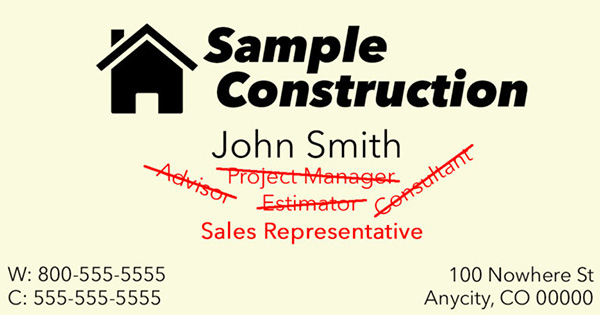A Guide to Miller Bond Claims

By Cotney Construction Law.
The Miller Act, it’s a payment remedy that contractors and suppliers can utilize to enforce payment on federal contracts for construction projects (40 U.S.C. §§ 3131-3134)
Lien laws can be tremendous allies when it comes to protecting a construction professional’s right to receive payment for services rendered.
Unfortunately, public construction projects present a different set of circumstances and different methods for collecting payment. If you are not familiar with The Miller Act, it’s a payment remedy that contractors and suppliers can utilize to enforce payment on federal contracts for construction projects (40 U.S.C. §§ 3131-3134).
Miller Act Requirements
General contractors working with the federal government or an entity there of must comply with the following requirements:
If you have a general or prime contract over $100,000, you must secure performance and payment bonds from an approved surety.
These bonds must be in equal amount to those payable in accordance with the terms of the prime contract. It should be noted that a contracting officer may reduce the payment bond, but it can’t be less than the amount of the performance bond.
The performance bond will reflect an amount deemed by the contracting officer as enough for protecting the federal government’s interest.
Filing a Miller Bond Claim
Filing a Miller Bond claim starts with ensuring that you qualify to be provided payment from a Miller Act payment bond. An individual can make a claim if he or she is a first or second tier subcontractor or supplier. Third-tier contractors and suppliers do not have Miller Act payment bond claim rights.
To file a Miller Bond claim, you must be able to show that you have provided either labor or materials to a specific project. Miller Act rights also apply if your labor or materials were redirected to a different project from the original project. In this case, if it is proved that you knew or had reasonable knowledge that your labor or materials were going to be used for a different project, Miller Act rights may not apply.
If you would like to speak with a knowledgeable construction attorney, please contact Cotney Construction Law.
Editor’s note: This article first published on Cotney Construction Law’s blog and can be viewed here.
Disclaimer: The information contained in this article is for general educational information only. This information does not constitute legal advice, is not intended to constitute legal advice, nor should it be relied upon as legal advice for your specific factual pattern or situation.






















Comments
Leave a Reply
Have an account? Login to leave a comment!
Sign In